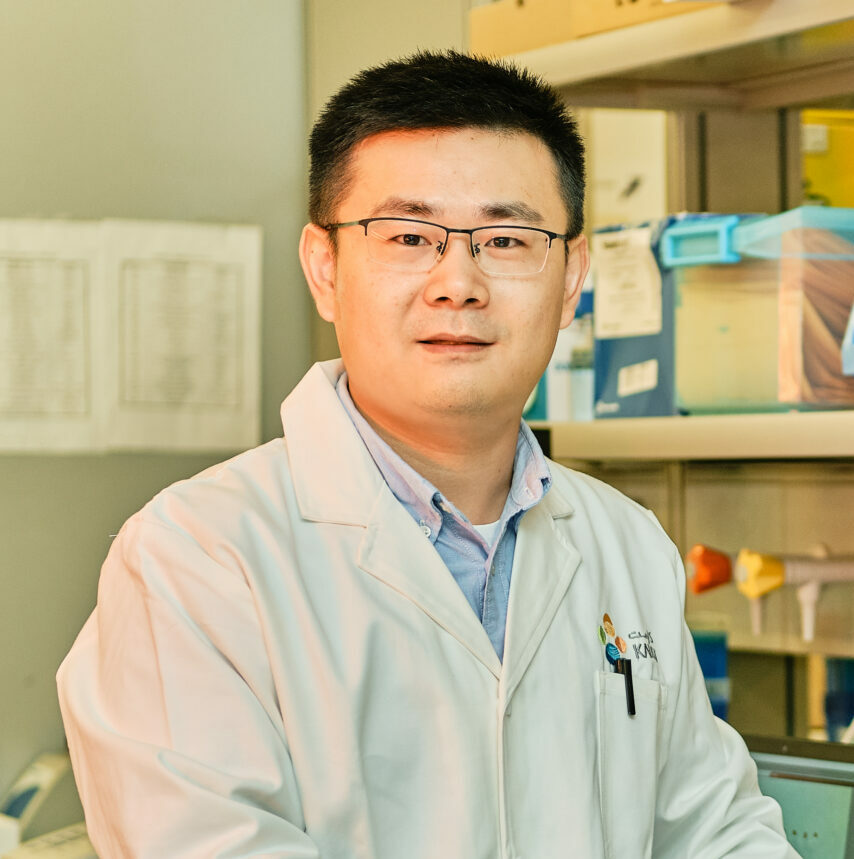Bioengineering | Plant Science
Fungal enzymes may enhance provitamin A content and stability in crop plants
A simple enzymatic pathway taken from fungi can enhance the production and storage of provitamin A in crop plants.
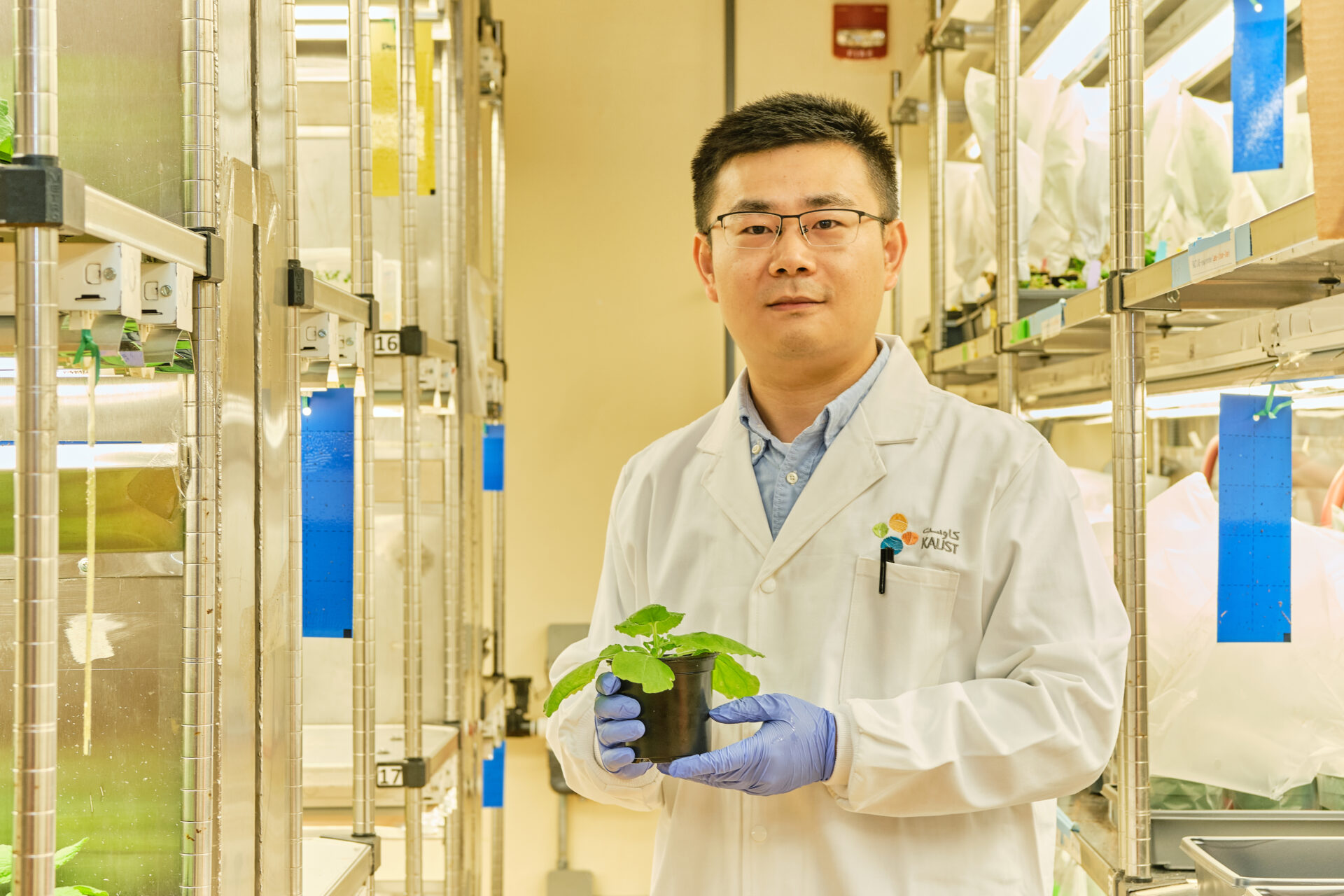
Fortifying crops to boost the production of certain vitamins and other nutrients is a common agricultural practice, but KAUST researchers have hit upon a novel biofortification method that could enhance provitamin A intake for humans. The technique hinges on a simple pathway consisting of three enzymes found in the fungus Neurospora crassa.
“Provitamin A carotenoids (PACs) are natural pigments that are vital for photosynthesis and are thus found across multiple plant species,” says postdoc Xiongjie Zheng, who worked on the project under the supervision of Salim Al-Babili. “PACs are vital for human health because they are precursors of vitamin A and also act as antioxidants and reactive oxygen species scavengers.”
However, plants store PACs inside plastids – organelle structures within plant cells – which makes it more difficult for humans to digest and absorb them. Furthermore, nongreen tissues from staple crops, such as rice, hold limited levels of PACs or are free of them entirely. Finding a way to boost PACs in different crop plants could help tackle vitamin A deficiency – a major health issue across the world[1].
“Rather than storing PACs in plastids, fungi produce and store carotenoids in the cytosol,” says Zheng. “We wondered if this fungal pathway could function in the cytosol of plants to generate PACs, forming an additional pool of provitamin A and improving antioxidant activity.”
The team successfully installed the enzymatic pathway in the cytosol of Nicotiana leaves, Arabidopsis seeds and citrus calli tissues. They had to be careful not to disturb other cytosolic pathways in the plants while ensuring that the resulting provitamin A precursor pool was sufficient. This engineering technique resulted in PACs being generated and stored in the plants’ cytosols.
“We were very surprised to discover that the PACs were sequestered in lipid droplets in the cytosol,” says Zheng. “To our knowledge, storage of carotenoids in cytosolic lipid droplets of higher plants has yet to be reported – a discovery that warrants further investigation.”
The researchers suggest their strategy could be used for carotenoid biofortification in some important crops, especially oilseed crops. The challenge is how to increase the efficiency of this approach for producing PACs in the cytosol; this may involve optimizing the activity of the fungal enzymes or combining this approach with existing plastid-based engineering approaches.
“We still need to fully explore the effects of installing this pathway on plant development and physiology,” says Al-Babili. “If we can optimize this strategy, we plan to use it to generate new ‘golden’ crops to combat vitamin A deficiency, also known as hidden hunger. Moreover, we will use it to learn more about the metabolism of carotenoids in plant cells.” Their research was also recently selected to be highlighted on the Science website as a research highlight from other journals.
Reference
- Zheng, X., Zhang, Y., Balakrishna, A., Liew, K.X., Kuijer, H.N.J., Xiao, T.T., Blilou, I. & Al-Babili, S. Installing the Neurospora carotenoid pathway in plants enables cytosolic formation of provitamin A and its sequestration in lipid droplets. Molecular Plant 16,1066-1081 (2023).| article
You might also like

Plant Science
Reference genomes for rice’s wild relatives may boost future crops
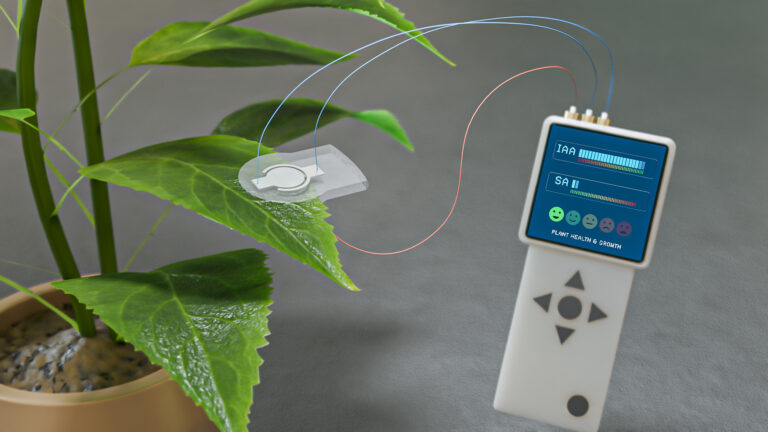
Bioengineering
Sensing stress to keep plants safe
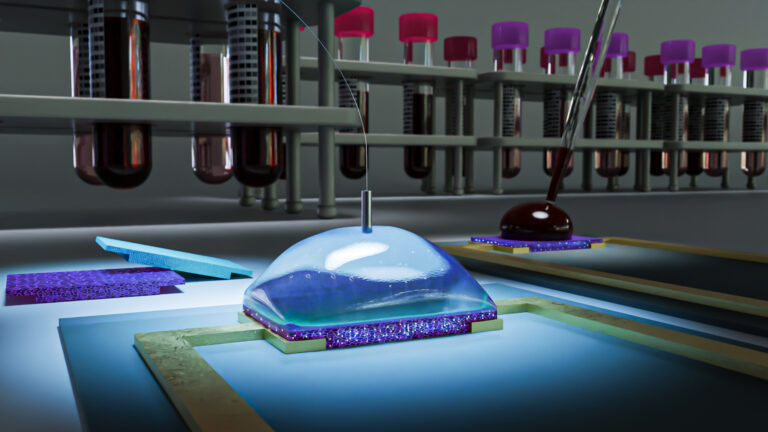
Bioengineering
Building better biosensors from the molecule up
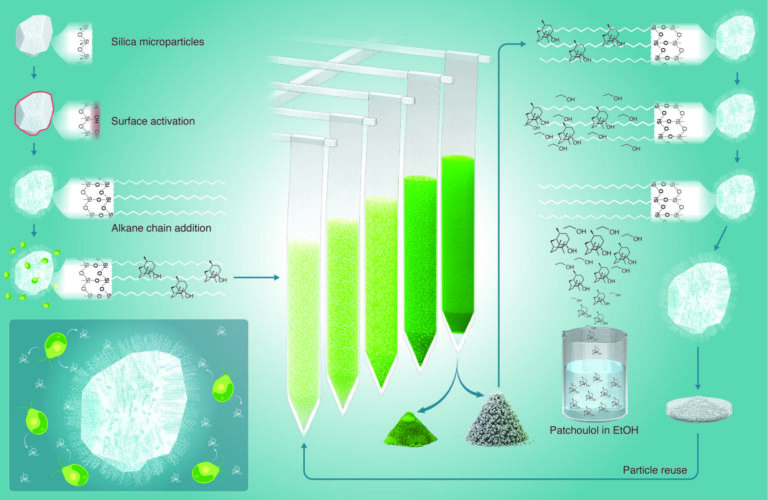
Bioengineering
High value harvests from designer algae

Bioscience
Digging into the world of plant-growth-promoting microbes
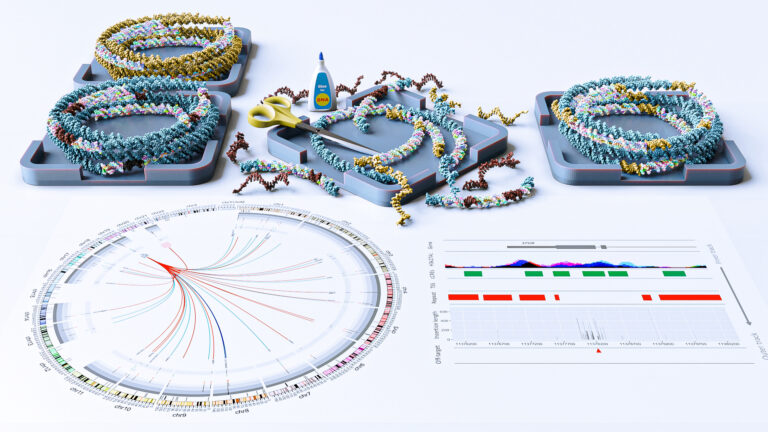
Bioengineering
Stray DNA fragments challenge CRISPR precision

Environmental Science and Engineering
Hydrogen storage solution could lie in lakes
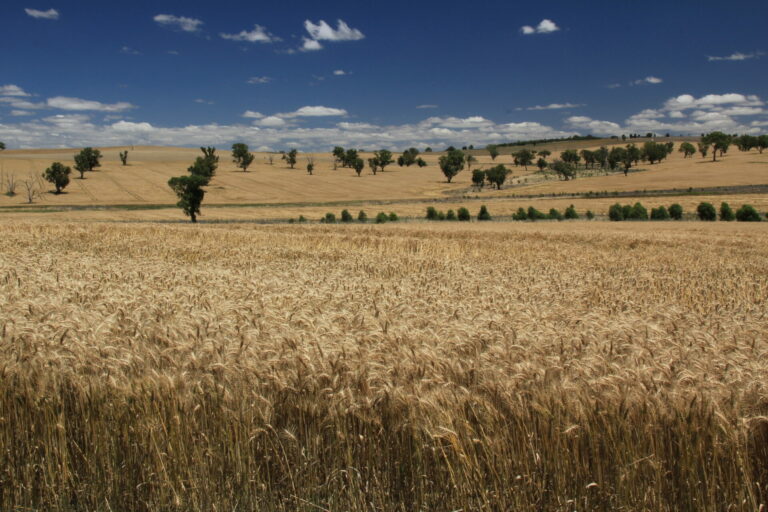
Bioscience




